How does a high relief differ from a bas-relief?
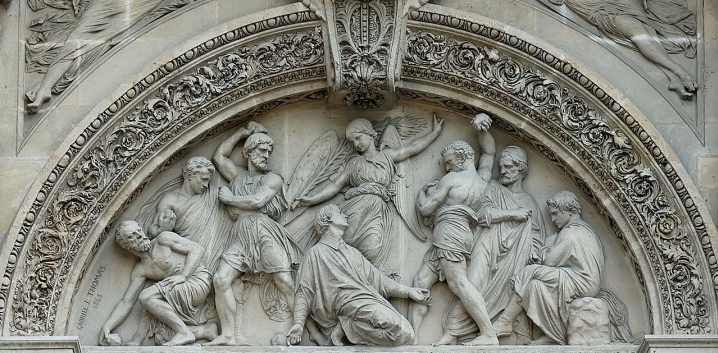
In addition to free-standing round sculptures, other volumetric works - reliefs - stand out in art. Reliefs are compositions where a flat background is combined with volumetric elements. The most popular types of relief are bas-relief and high relief. What are their differences?
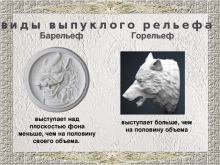
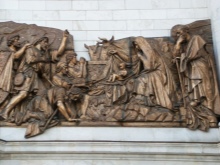
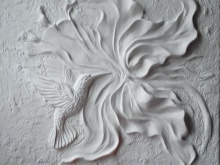
What it is?
Let's start by defining the word "relief"... It was formed from the Latin "relevo", which translates as "lift".
The first works of art using relief techniques were created back in the Paleolithic era, more than 10 thousand years ago. This direction of art received the greatest development in ancient times.
There are 5 types of relief, but the most widespread are high relief and bas-relief.
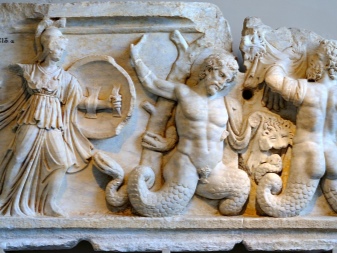
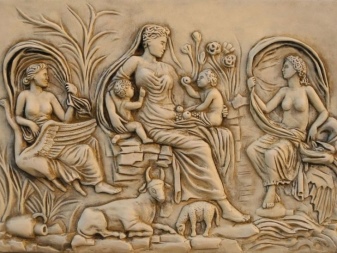
Bas-relief
Bas-relief - an art form in which the volumetric part is given out in half or less. An analogy can be made with sand. The circular sculpture was submerged in half or more. This is exactly what the bas-relief will look like - as if most of the volume was left behind the background.
Distinctive features of the bas-reliefs:
- there are no free-standing figures;
- the figures are sunk into the background;
- there are no elements that would protrude strongly above the plane - if there is a spear or a whole horse's muzzle that protrude perpendicular to the background, this is already a high relief.

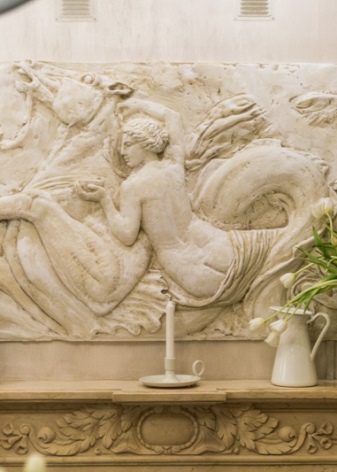
V bas-reliefs perspective is oversimplified and anatomy is not always respected. In order not to detach the figures from the plane too much, the authors can neglect these principles. Very often people, weapons, horses and other members of the bas-reliefs seem a little flattened.
The word "bas-relief" itself is translated as "low relief". The pronunciation is taken from the French bas-relief ”, but the roots of the word go back to the Italian bassorilievo.
These types of reliefs can be created from clay, different types of stone, wood and other materials.... To add volume, use the techniques of sculpting, carving, trimming. Techniques and materials can be combined: for example, in ancient art there are specimens of stone and bronze, gold and plaster.
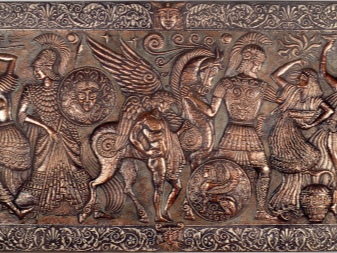
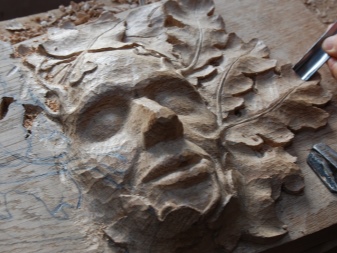
Bas-reliefs loved to decorate the pediments of temples in the era of Ancient Greece and Ancient Rome. Colorful sculptural compositions were the hallmark of the building. But the walls are not the only background for the bas-reliefs. They can also rise above the columns, parts of a round sculpture.
Moving away from architecture, bas-relief is used even when minting collectible and decorative coins.
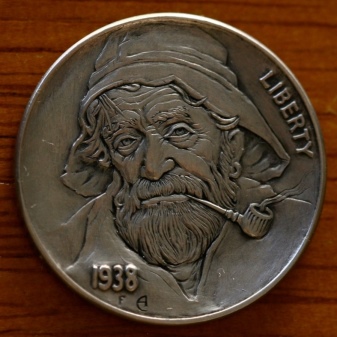
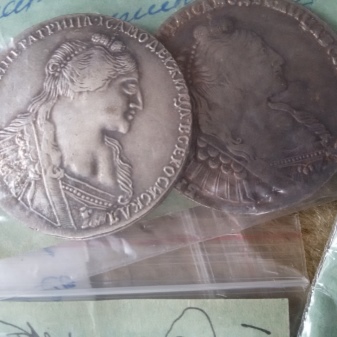
High relief
From French haut-relief the word is translated as "high relief". Such a sculptural composition protrudes above the plane by more than 50%. There is perspective in the image, anatomy is sometimes neglected, but this technique is less common.
High relief figures can even stand apart from the plane. (provided that other elements will partially "sink"). The hand of a person, the muzzle of a horse, or a tree may protrude strongly. High reliefs have also been used since ancient times; they were found in Persia, Assyria, and Ancient India. However, the technique appeared later than the bas-reliefs, because it requires more skill from the sculptor.
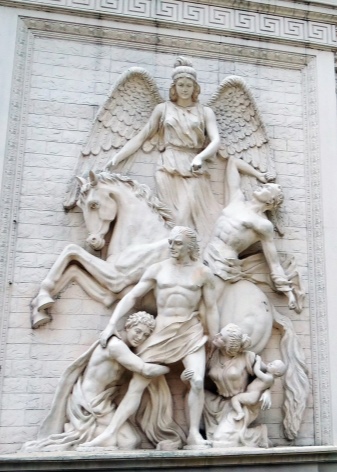

Distinctive features of the high relief:
- issued above the background by 50% or more;
- freestanding figures may occur;
- strongly protruding elements that are almost not in contact with the plane are not prohibited;
- more attention is paid to perspective and anatomy.
High relief is used to create complex compositions with many characters. The technique is also suitable for displaying landscapes, if you need to convey perspective in them.
High reliefs are found on colonnades, triumphal arches, ancient and modern temples, and altars. Round statues that are not physically connected to the wall, but are tightly attached to it until the creation of a single composition, are also high reliefs.
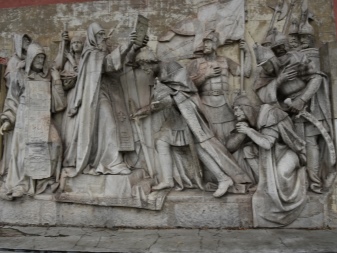
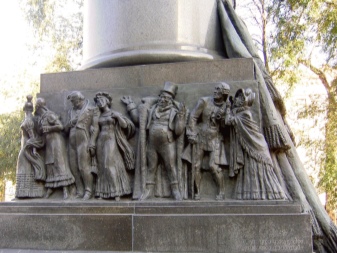
Comparison
There are differences and similarities between high reliefs and bas-reliefs. The unity lies in the following features:
- varieties of sculptural technique "relief";
- inextricably linked with a flat background;
- originate from voluminous rock paintings.
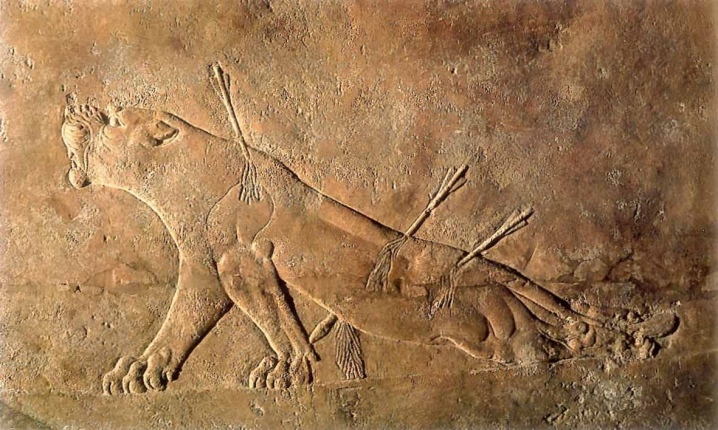
But the difference between works of art is much greater. Consider each difference in detail.
- The ratio of volume and plane. The high relief has more than 50% volume, the bas-relief - less. The bas-relief looks like a round sculpture is buried in the background. The high relief, on the contrary, seems to be tending to separate.
- Perspective... When creating a high relief, its principles are strictly observed. In bas-reliefs, perspective is neglected in order to save time and resources for making the sculpture.
- Freestanding elements... In bas-reliefs, the details do not protrude much above the base. They seem to be flattened, pressed into it. And in high reliefs, there are often elements that are barely connected with the background. They can be extended even to the full extent, but connected to the plane by a thin isthmus, and then still belong to the relief sculpture.
- Complexity of creation. High reliefs are more difficult for craftsmen, therefore they appeared later. The technique of bas-reliefs was also used by cavemen in the Paleolithic era.
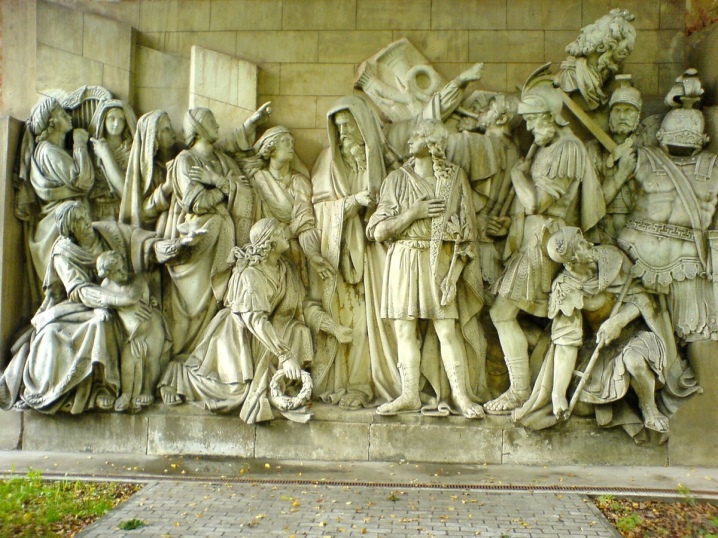
These reliefs do not differ in materials and creation tools.... Both subtypes can be created from clay, plaster, marble, wood.
Interestingly, the techniques can be combined. In the modern interior, a technique is used in which part of the sculpture barely protrudes above the wall, and part of it retains more than 50% of its volume.
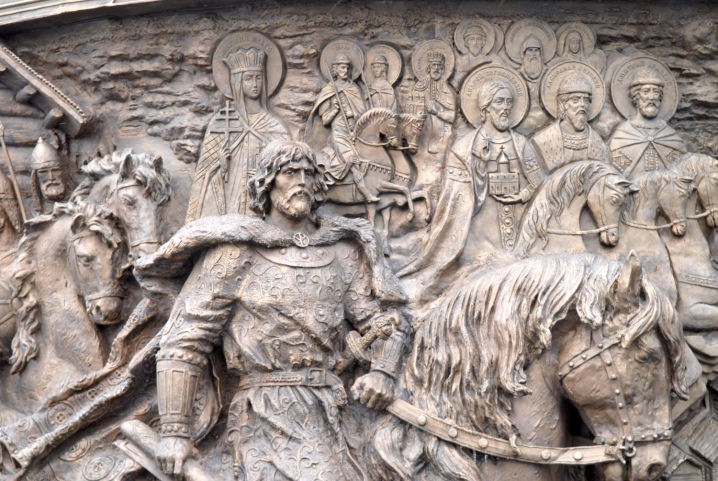
Beautiful examples
Relief sculptures were created in Ancient Egypt, Ancient Greece, Rome. In the Middle Ages there was a decline in the popularity of reliefs, but in the Renaissance semi-volume sculptures are back in fashion. Therefore, examples of bas-reliefs and high-reliefs can be found in any country.
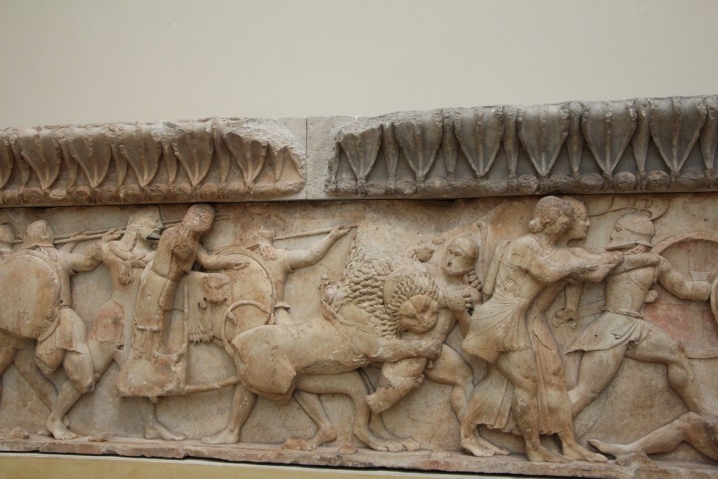
The most famous example of high relief is Pergamon altar. Its base is decorated with volumetric sculptures of gods and titans. The plot is classic - a battle between opposing sides. The altar was created between 228 BC. NS. and 170 BC. NS. and is dedicated to the victory of the Pergamon king Atallus I over the barbarians. On the eastern side of the altar, the Olympic gods are depicted, on the other sides - the gods of the elements.
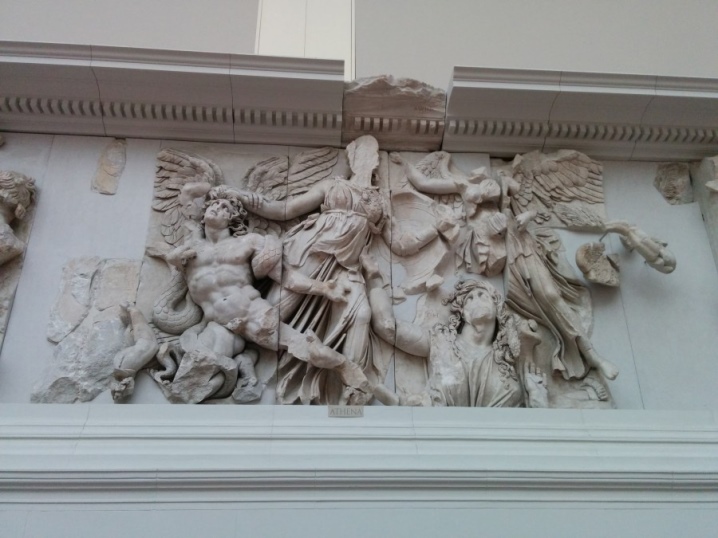
The perimeter of the architectural monument is so long that it is divided into several independent reliefs. So, allocate "Battle of Zeus with Porphyrion" and "Battle of Athena with Alcyoneus". The altar is currently under restoration in Berlin and will open to the public in 2023.
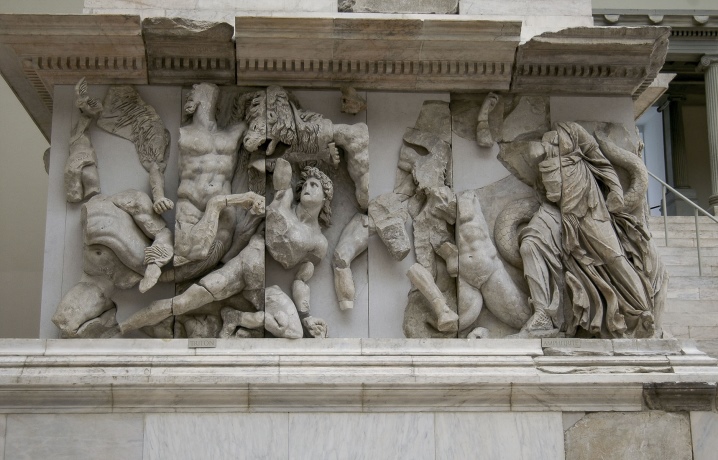
The most famous example of a bas-relief in Russia is Alexander Column... The base of the monument, erected in 1834, is decorated with allegorical female figures, weapons and armor. The bas-relief is cast from bronze, you can see in it:
- old Russian chain mail;
- shields, samples for which were taken at the Armory;
- helmet of Alexander Nevsky;
- the armor of Tsar Alexei Mikhailovich.


Bas-reliefs and high-reliefs continue to be used by modern architects... They are used to decorate the facades of houses, rooms, sculptures. Various variations of reliefs can be seen at contemporary art exhibitions.
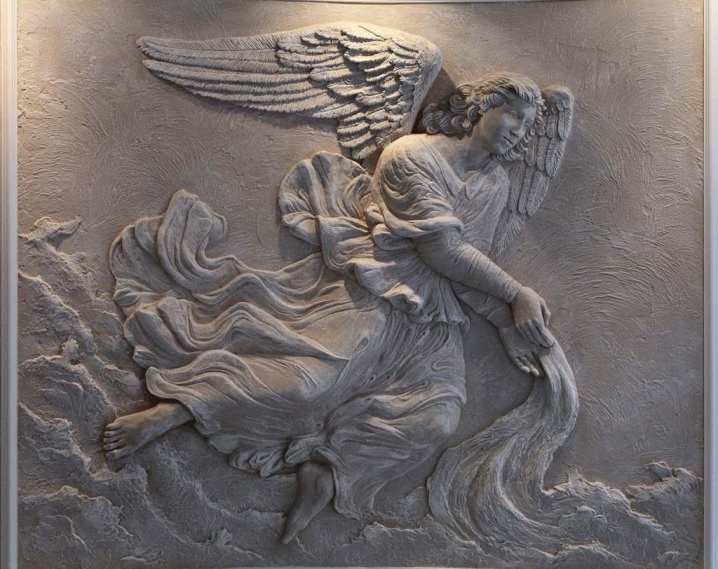
How the high relief differs from the bas-relief, see the next video.












The comment was sent successfully.